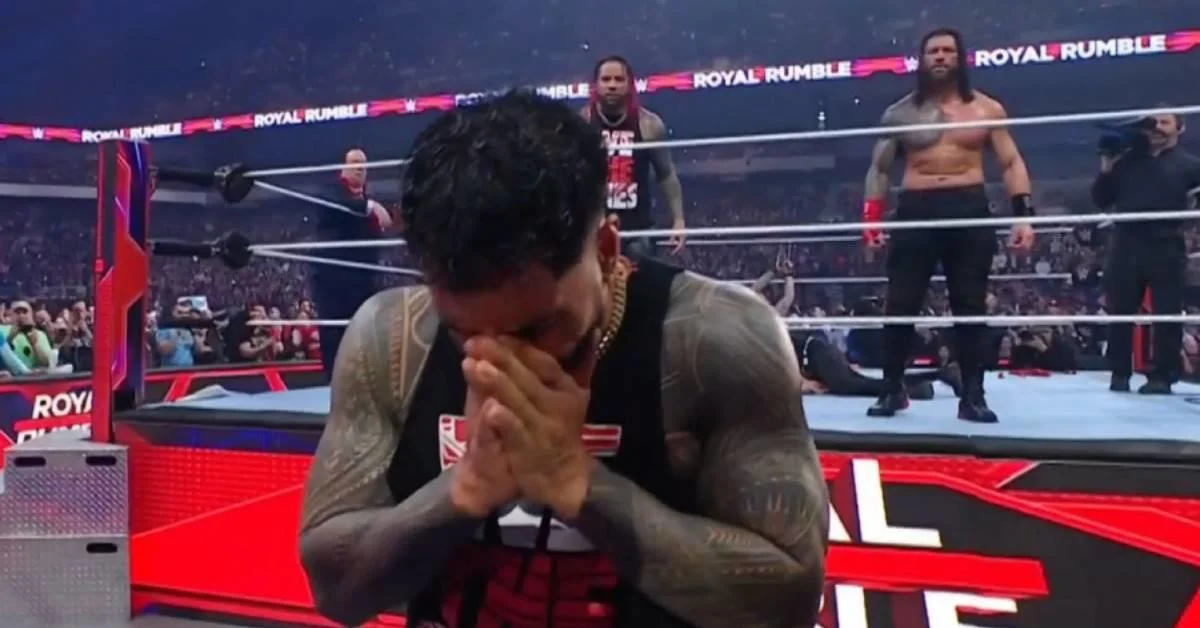3 Key Points
- Rob Van Dam examines kayfabe’s role in modern pro wrestling.
- RVD discusses the continued existence of “hidden kayfabe” within the industry.
- Van Dam critiques the impact of kayfabe’s reduction on in-ring performance and younger wrestlers’ approach to matches.
Rob Van Dam Addresses Kayfabe in Pro Wrestling
In a landscape where kayfabe—a term for the staged aspect of professional wrestling—was once the industry standard, times have changed. On his “1 Of A Kind” podcast, WWE Hall of Famer Rob Van Dam delved into the concept of kayfabe in the current era. RVD succinctly pointed out that kayfabe could hardly sustain itself in today’s environment, especially when juxtaposed against the stark realism of Mixed Martial Arts (MMA). “Now that we have MMA, we have something to compare it to, and because of those reasons and just evolution, people evolving, fans, we can never go back in time and we couldn’t still be passing off the same agenda necessarily,” Van Dam remarked.
Hidden Kayfabe in Today’s Wrestling World
Even though the semblance of kayfabe has faded, Van Dam expressed his belief in its covert persistence. He referenced a recent event where the actual circumstances eluded the majority of the fanbase, demonstrating that the wrestling world still holds its secrets. “There is still a lot of hidden kayfabe where the fans think they know stuff but they really don’t,” said Van Dam.
The Impact of Kayfabe’s Decline on Performances
Rob Van Dam further illustrated his concern over how the diminished kayfabe affects the wrestlers’ mindset and in-ring performance. The absence of kayfabe’s once-captivating misdirection negatively affects the audience’s emotional investment. He argues that maintaining this illusion is essential for the theatrical aspect of pro wrestling, which enhances the excitement during matches.
Young Talent and The Shift From Traditional Wrestling Styles
RVD alluded to the present generation of wrestlers and their frequent incorporation of numerous wrestling spots, or planned sequences of moves, into their matches. This, according to him, detracts from the storytelling aspect that traditionally captivated audiences. “I want someone to think that I’m actually going to get you then I wait until the very last second, that’s exciting. It’s different now because of the lack of kayfabe,” he lamented.
In his analysis, Van Dam nods to a nuanced understanding of professional wrestling, highlighting evolution while reminiscing on the allure of traditional techniques—a dichotomy faced by the industry today.




















